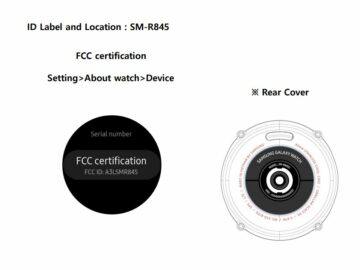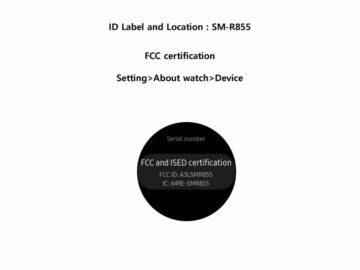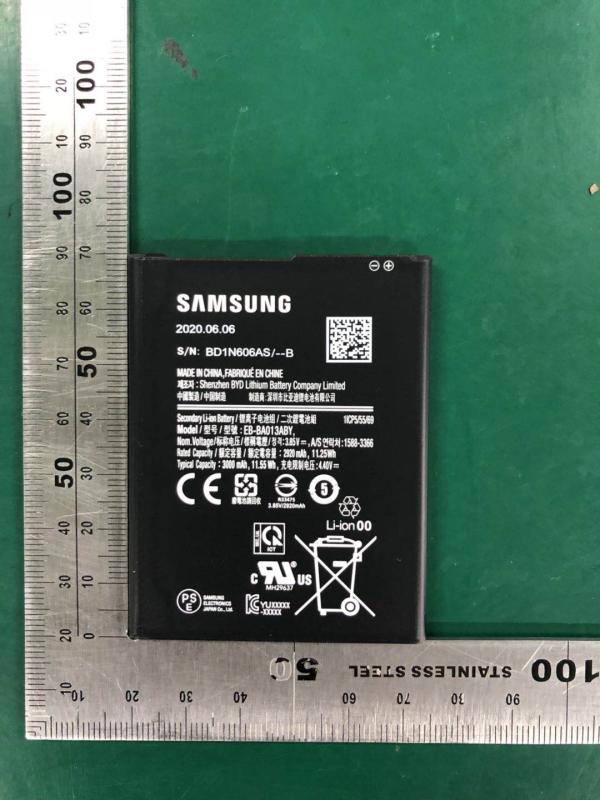It used to be that the thing Samsung’s most loyal fans used to complain about a lot was software updates. One could cut the company some slack. It launches dozens of smartphones every year and not only do they require software support, but the dozens released in the previous years also do so as well.
Providing software support for so many devices is certainly a challenge but it got to a point where users were really fed up with having to wait a very long time to get a firmware update. Samsung has really switched gears over the past couple of years and drastically reduced wait times for updates.
It streamlined the product portfolio, start rolling out monthly updates even ahead of schedule and has even done a good job of providing considerable feature parity across its different lineups with One UI. The company has even started sending out updates for unlocked Galaxy device owners much faster in the United States. They were particularly made to wait far more than anyone else just a few years ago.
Not only that, but it also significantly optimized its custom skin with One UI. There’s much less clutter than there was on earlier iterations and many of the new features that it has introduced are actually introduced. They don’t just exist for the sake of having more features. Full marks to Samsung for turning this around.
It’s not all smooth sailing, though. Samsung’s diehard fans have now become quite vocal about a new problem – Exynos, the flagship chips in particular. Qualcomm has always come out on top of the Exynos vs Snapdragon debate and that still holds even with the Exynos 990 and the Snapdragon 865. These are the processors used for the Galaxy S20 series, with the latter only being available in select markets. AnandTech’s in-depth comparison of the two concluded that the Snapdragon 865 is indeed faster than the Exynos 990.
Fans have been very vocal about the gap between the two chips ever since the Galaxy S20 came out. Samsung has even had to field some difficult questions from its shareholders over this. No wonder there’s more fuss about this now as prices for Samsung’s flagships reach almost $1,500. People who spend that kind of money on a phone generally don’t like knowing that they could have got a better version of the same product had they been living in the United States or the handful of markets where Snapdragon is the processor of choice.
As such, the complaints about performance and the tendency to heat up are coming from users in markets like Asia, Europe and the Middle East. Fans understandably feel that they have been given the short end of the stick. Our Exynos-powered S20 units continue to display a tendency to heat up while our experience with the Snapdragon variants has noticeably been better.
You don’t need to dig deep on Twitter or any number of online forums to hear complaints from these users. Some have gone so far as to say that they won’t buy another Samsung flagship again. That’s alarming, to say the least.
It’s cheaper for businesses to get repeat sales from existing customers than it is to go out and find new customers. For smartphone manufacturers, diehard fans drive the most value. Just look at Apple. People who swear by the iPhone wouldn’t consider ever switching to an Android device. At least it has a platform advantage. Samsung’s phones run on Android and there’s no shortage of good Android phones across the entire price spectrum. While iOS users might think twice before switching because there would just be too many moving pieces, all you need to switch Android phones is your Google Account.
No wonder that there has been a super popular petition calling on Samsung to stop using its Exynos processors in flagship smartphones. There was so much negative coverage related to the Exynos chip this time around that Samsung actually gave out a statement saying:
Both the Exynos and Snapdragon processors go through the same strict and rigorous, real-life testing scenarios in order to deliver a consistent and optimal performance over the entire lifecycle of the smartphone.
As we’ve previously highlighted, the statement is unconvincing, and the fans that have looked at the data and even experienced both versions of the phone will downright reject the claim. Their argument is simple: If we’re being asked to pay almost $1,500 for a flagship phone, we should be getting the best possible version of it, and it shouldn’t matter where we’re located.
Obviously, that’s not to say that Samsung doesn’t rigorously test both the Snapdragon and Exynos chips. It does everything it possibly can to bridge the gap but the fundamental differences that exist between the two prevent the company from achieving complete parity between the two.
What Samsung really needs to do now is win back trust. It’s loyal fans feel shortchanged which is why they’re so actively calling on the company to ditch Exynos in favor of the Snapdragon. While there are business considerations that may prevent Samsung from doing that, there is hope that the company is going to take a different approach in the future.
It has laid off its custom CPU design team which means that future Exynos chips won’t have Samsung’s own in-house designed CPUs. Samsung would instead license ARM’s CPU designs entirely and that should help mitigate some of these issues. This needs to happen sooner rather than later to prevent irreparable damage from being done to the brand.
The simple fact is that the more negative coverage there is out there about the Exynos, the more people will try and avoid a Samsung flagship altogether. Not everyone who searches for information about a new phone online wants to know about the CPU IP or the benchmark results. The average customer just doesn’t care. They rely on the tech media to present a simple answer: yes, this phone is good, you should buy it.
They don’t want to sit through a 20-minute YouTube video or a 4,000-word in-depth analysis of the differences between Exynos and Snapdragon. However, if every video or blog they read about the phone highlights some super technical performance gap, this gives cause for confusion and nobody wants to buy $1,000+ smartphones when they’re confused.
Then there’s the diehard fanbase, the kind that would ditch a brand en masse to try and force change. That hasn’t happened yet for Samsung but there’s enough sentiment bubbling underneath the surface to suggest that this may not be an impossibility. They want actions and accountability, and they want it fast because they’re now running out of patience.
This is why it’s very important for Samsung to take action and win back trust. If this continues to fester, Samsung runs the risk of losing more market share, particularly in some of its most lucrative markets. We’re pretty sure that’s not an outcome that the company desires.
Is it that impossible to get us snapdragon version of your latest flagship phone? Every review I've watched shoots down the Exynos chip so clearly there's a huge difference between the two, now I'm hesitant to get your phone @SamsungMobileSA
— Mazzi (@Spacebongz1) May 28, 2020
dear @SamsungIndia we know u have to keep the prices reasonable so u use exynos processors but by doing this u have ruined ur s20 series. at least u could provide a snapdraggon variant maybe little expensive, bcoz a person intrested will definitely go for it compared with exynos.
— grv (@gp9117) May 28, 2020
yep, read a comparison test earlier before i bought Oneplus 8 Pro: Exynos chip gets warmer, reduces Performance over time (ie Games), Picture Quality/Camera Performance is worse than on Snapdragon Variant, 2 hours less SOT, loses also against 200€ Redmi Note Pro in Gaming
— Matthias (@regulator_m) May 13, 2020
Samsung Mobiles: Samsung should stop selling Mobiles with Exynos Processors as they are underperforming – Sign the Petition! https://t.co/iRMKuQKE30 via @ChangeOrg_India
— ImAlien (@ImAlien19) May 27, 2020
Don’t Go Samsung s20 Series with Exynos Version you will be totally disappointed Heat Issue, Refresh rate issues And Yes Exynos is not great compared to qualcomm.. i’ll sell my exynos version @SamsungIndia @SamsungMobile @TechnicalGuruji
— Dhruvin Malaviya (@DhruvinMalaviy1) May 28, 2020
Umm no. The sustained performance levels of the exynos 990 are about 40% lower than snapdragon because the exynos throttles extremely hard under sustained load.
— Nicholas Fu (@nicholasyfu1) May 21, 2020
The post Samsung’s in trouble with its diehard fans and they’re running out of patience appeared first on SamMobile.
from SamMobile https://ift.tt/3el1786
via IFTTT












